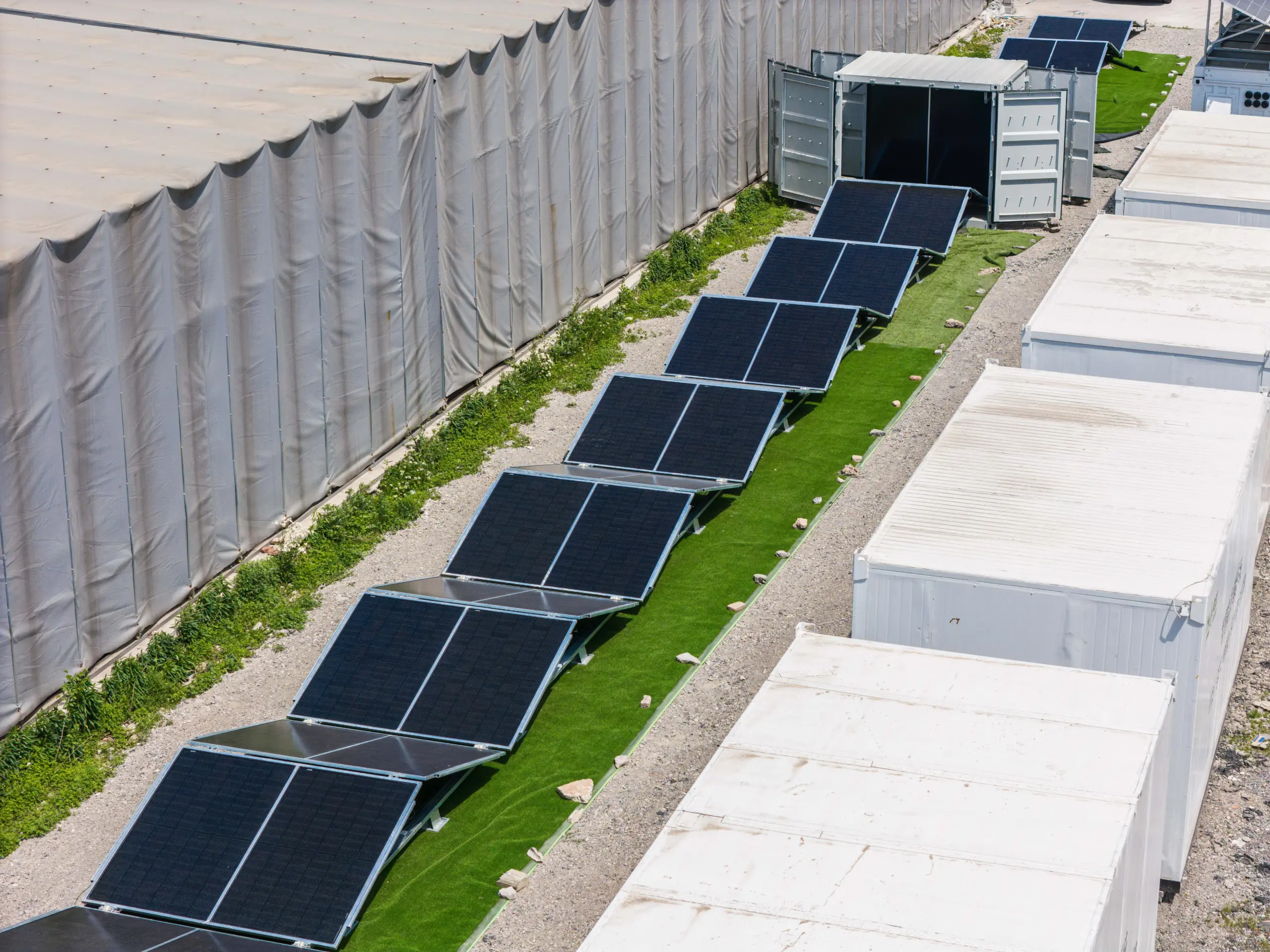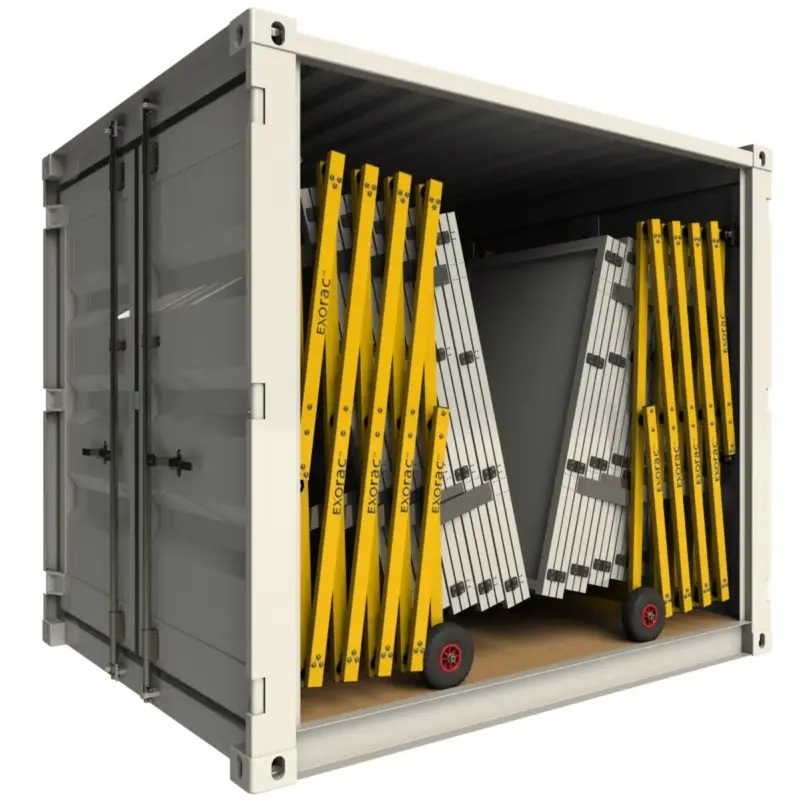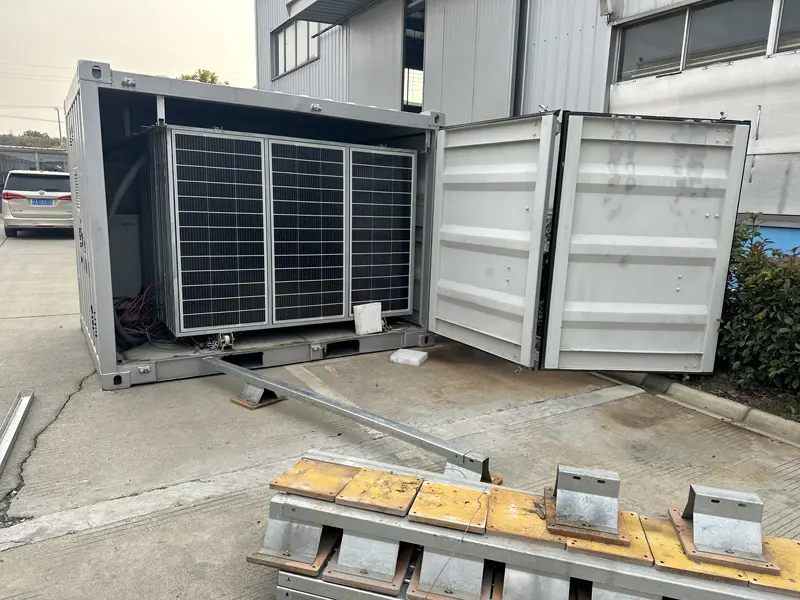Whether you are operating in backcountry telecom deployment, island power electrification, or off-grid research stations, you need to know mobile solar container technical parameters. This blog explores what your container needs to have, why it is important, and how proper specs really increase reliability and ROI.
Why Technical Specs Matter More Than You Think
When selecting a mobile solar container—or purchasing one—you might be thinking about portability. Behind every compact package, however, are a set of basic technical parameters: panel power, battery capacity, inverter technology, thermal management, and others. These parameters guarantee performance, reliability, and scalability.
Ask yourself this question: Would a 10 kW panel array be sufficient for field laboratories in off-grid locations?
That is with adequate battery capacity and inverter support. To ensure power supply happens consistently, you need to size these technical pieces harmoniously.
Important Parameters to Emphasize
These are the top categories that form the core of any mobile solar container:
- PV Capacity:Usually between 5 kW and 50 kW. For instance, a 20 kW solar container is a typical spec for rural clinics in Kenya.
- Battery Bank:LiFePO₄ batteries with 10–100 kWh capacity, 4,000+ cycle life for durability.
- Inverter & Control System:Hybrid or off-grid inverters with MPPT tracking, remote monitoring, load prioritization, and AC/DC balancing.
- Container Infrastructure:IP65+ rated electronics box, passive ventilation, thermal insulation, reinforced floors.
- Monitoring & Connectivity:GPRS/Wi‑Fi modules, SCADA/UI dashboards, fault alert notifications.
A case study in Nairobi, Kenya, illustrates the difference: A mobile solar unit with 30 kWh battery and hybrid inverter supported a rural hospital’s 24/7 operations, reducing diesel run-time by 80% and cutting CO₂ emissions by 18 t/year.

Deployment Conditions and Environmental Adaptation
Knowing your operational environment is critical. Desert installations require dust-proof sealing and active cooling. Tropical island setups demand corrosion-resistant coatings and humidity control.
Embedded question: Do deployments to deserts and coasts need the same general technical specs?
No. Same baseline specs, but environmental stressor-compatible materials and protection features are important for longevity.
Emerging Trends and Industry-Specific Jargon
There is more happening behind the basics. Be ready to be told about:
- DC overclocking, n‑1 redundancy, and grid-forming inverters
- Battery management systems (BMS) with remote telemetry
- Modular stacking architecture, where multiple units are stacked and work in parallel
These are not buzzwords—these are key enablers for resiliency, smart load-balancing, and future expansion.

What to Double-Verify Before You Buy
This is your checklist to evaluate or define a mobile solar container:
- PV to inverter DC/AC ratio and tilt angle of panels
- Thermal derating at high ambient temperature
- Reserve capacity—how many extra hours can you sustain unbroken?
- Remote diagnostics: firmware updates, system telemetry
- Certification: UL, CE, IEC compliance, grounding and surge protection
In a western Australian application, failure to account for ambient temperature derating caused system overloading in the extreme heat, and emergency shutdowns ensued.
Learning about mobile solar container technical parameters, at its core, isn't about numbers on spec sheets—it's about engineering systems to work in harmony under real-world conditions. If you want a turn-key example that qualifies on all of these technology aspects, check out the LZY‑MSC1 Sliding Mobile Solar Container.

